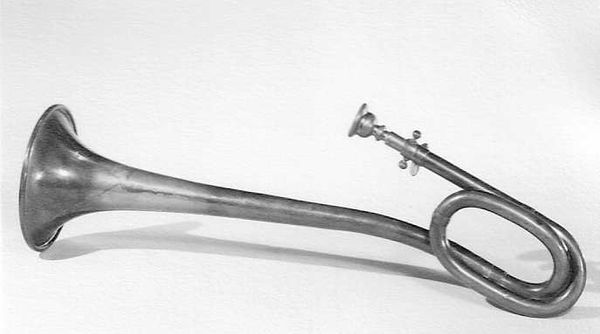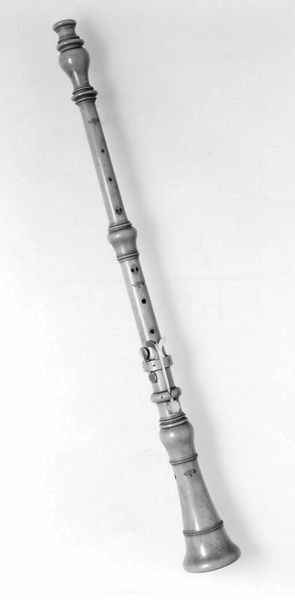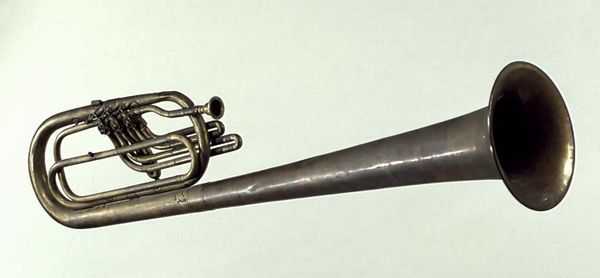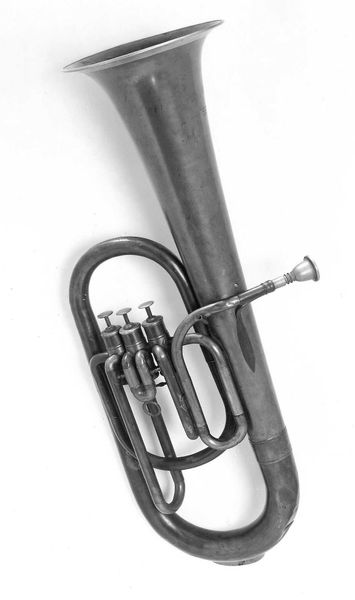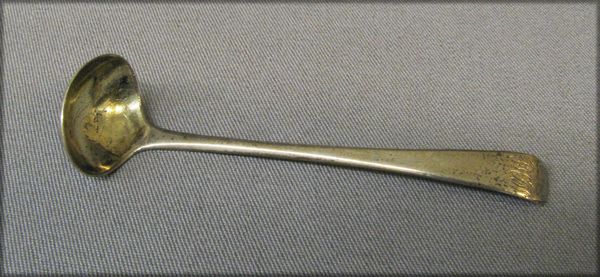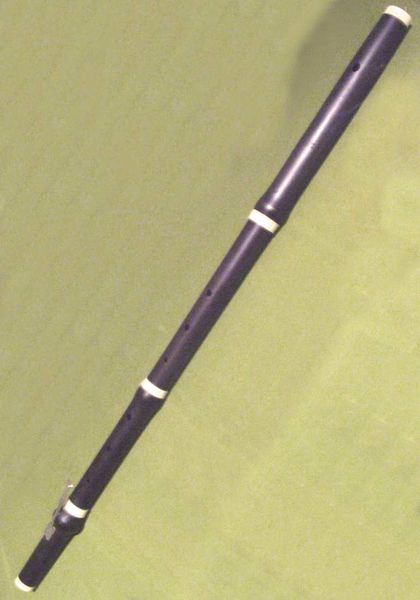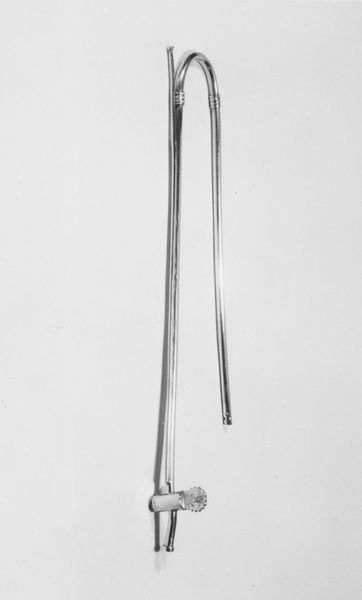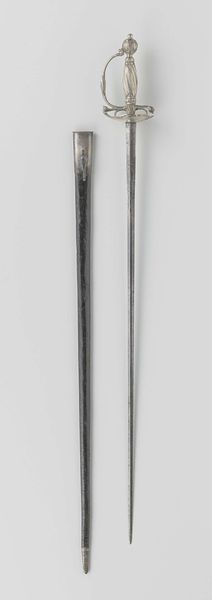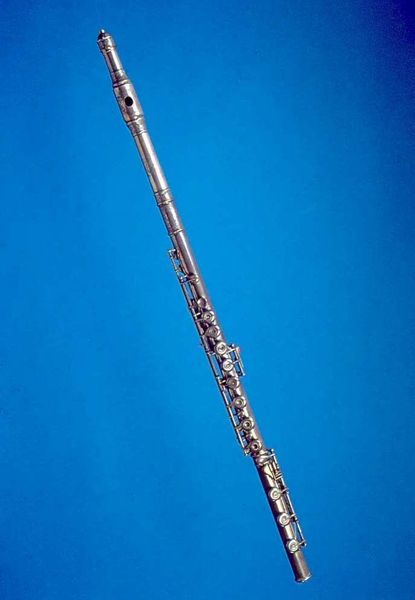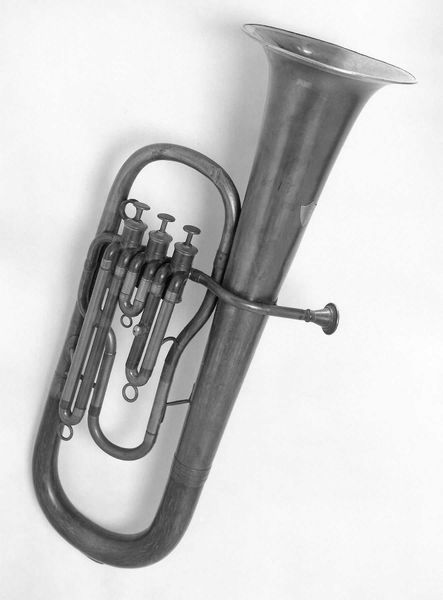
Tenor Slide Trombone in B-flat 1820 - 1840
0:00
0:00
Dimensions: L.: 106.2 cm (41-13/16 in.);Diam. of bell: 17.4 cm (6-13/16 in.); Diam of bore: 1.18 cm (1/2 in.); Extension between 1st and 6th position: 51.4 cm (20-1/4 in.)
Copyright: Public Domain
This is a tenor slide trombone in B-flat, made by Jeremias Franciscus Verhoeven, likely in the 18th or 19th century. It’s primarily crafted from brass, shaped through a combination of techniques. Brass is an alloy of copper and zinc. The process of creating the trombone involves casting, for the smaller components, and hammering sheets of the metal into the larger forms like the bell. The long, sliding tubes are made using a draw bench. Each of these processes requires significant physical skill and years of training. The trombone's form isn't just aesthetic; it’s crucial to its function. The way the metal is shaped and the precision of the slide mechanism directly influence the instrument's sound and playability. When you look closely at the joins in the tubing, you're seeing the skill that made music accessible to all levels of society. Thinking about instruments this way collapses hierarchies between art, craft, and industry.
Comments
No comments
Be the first to comment and join the conversation on the ultimate creative platform.
